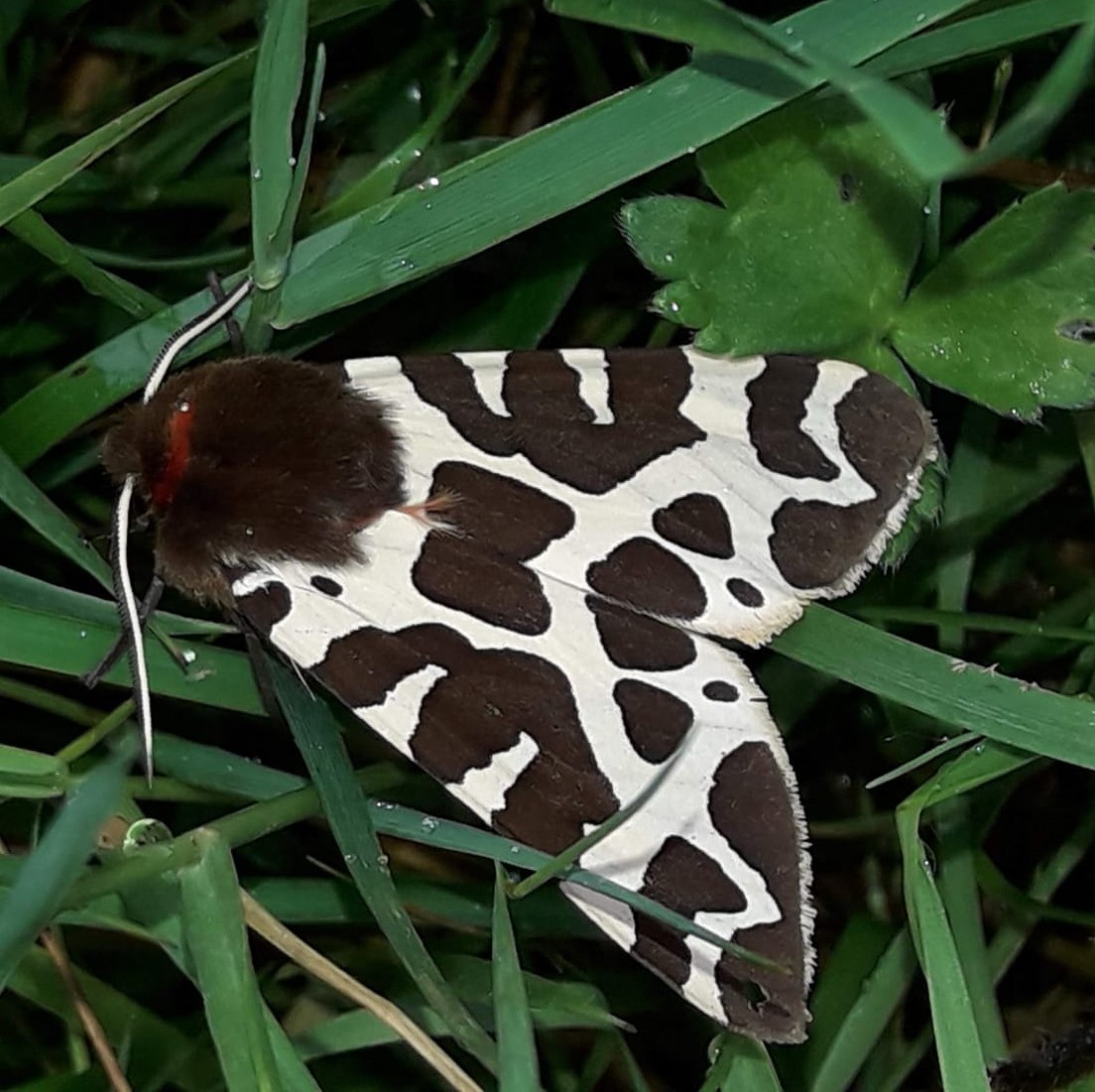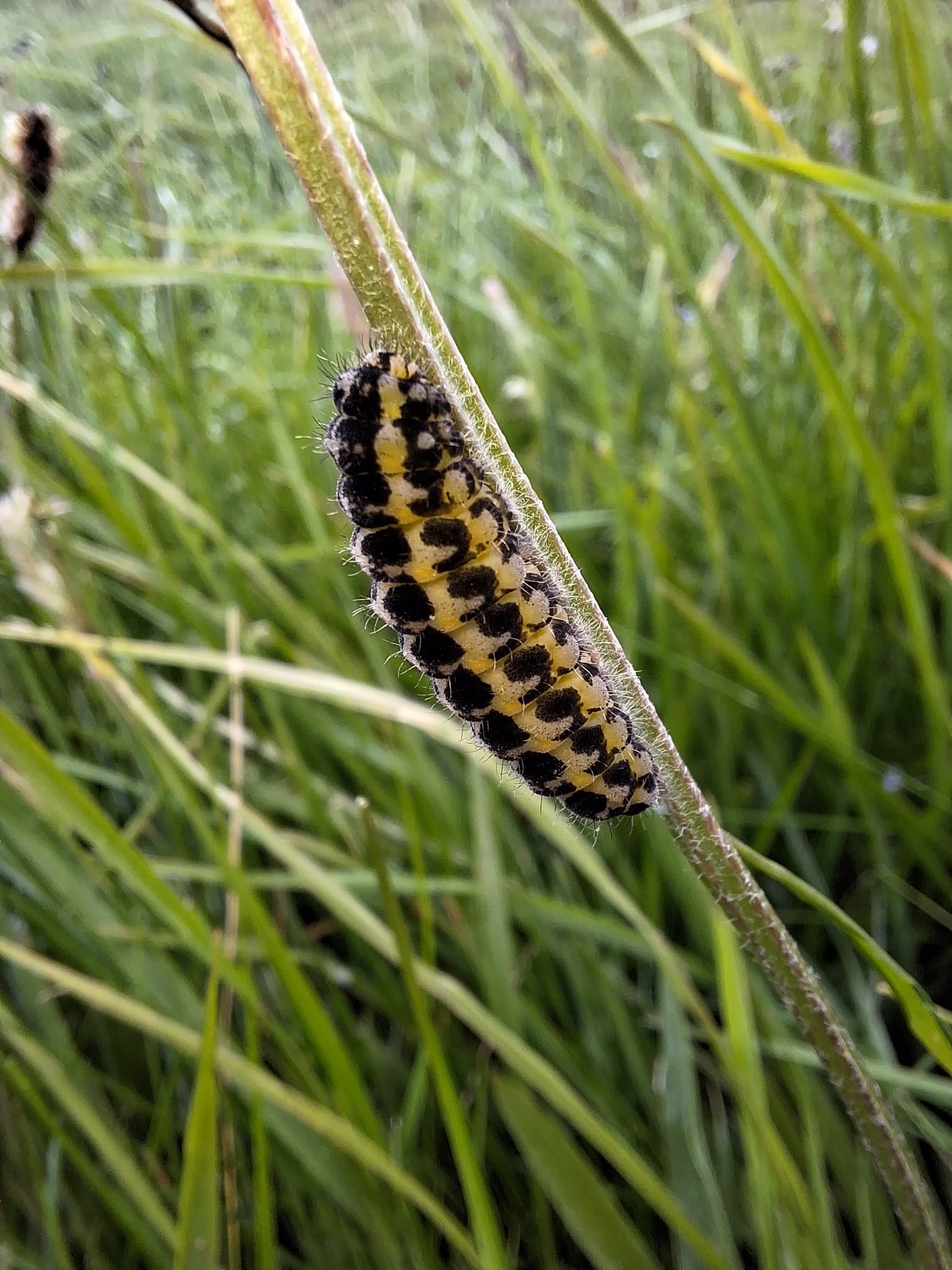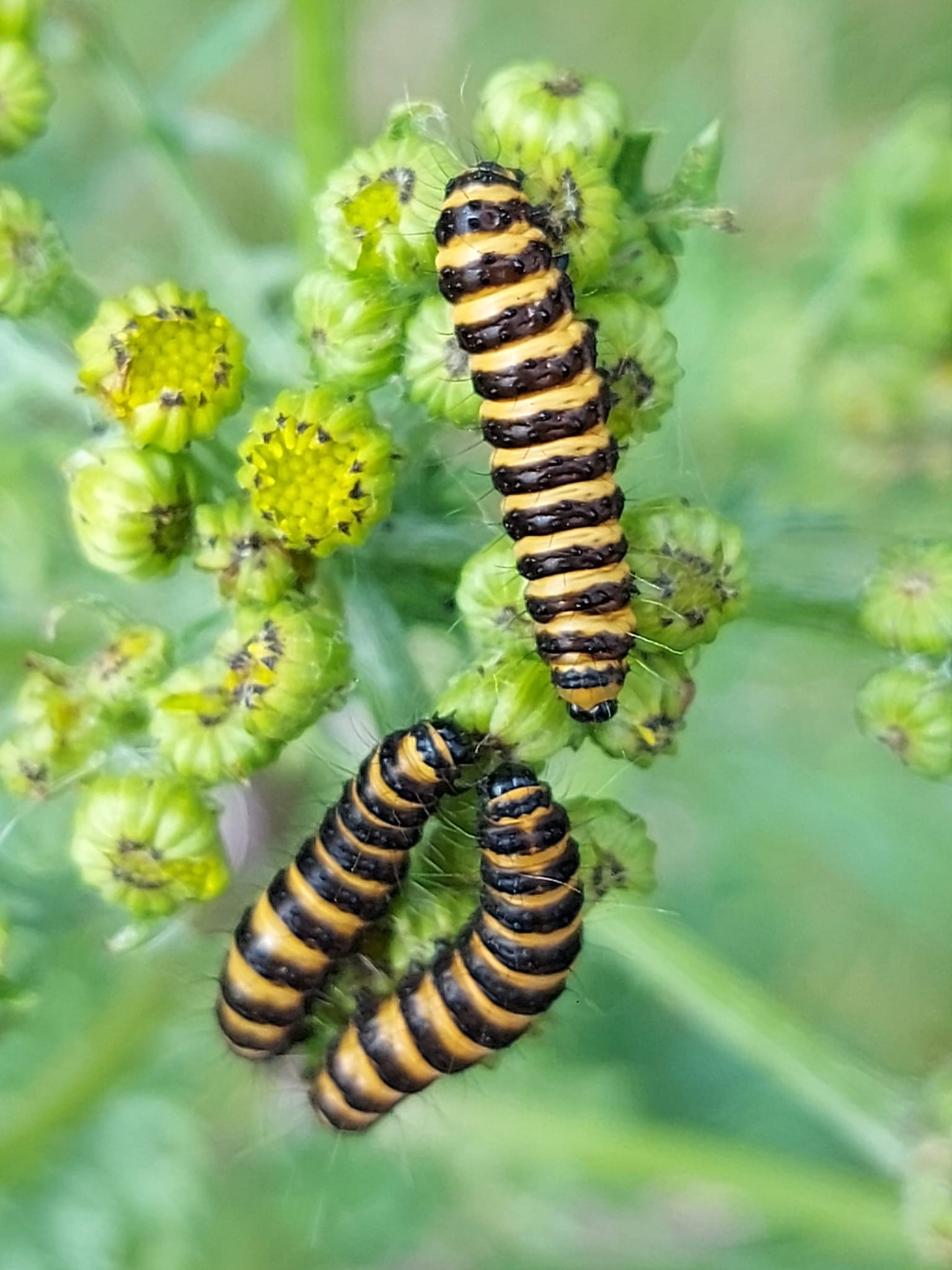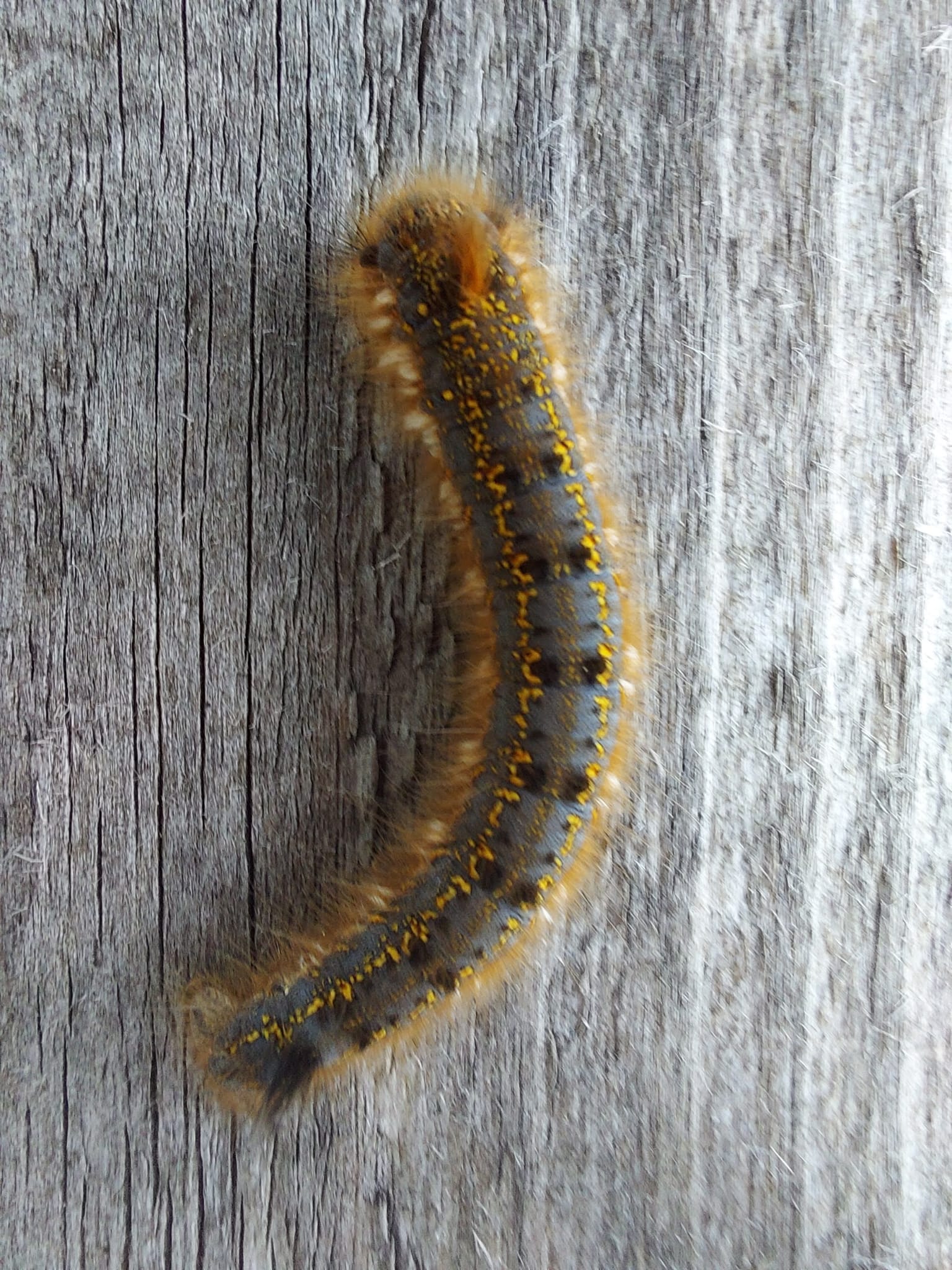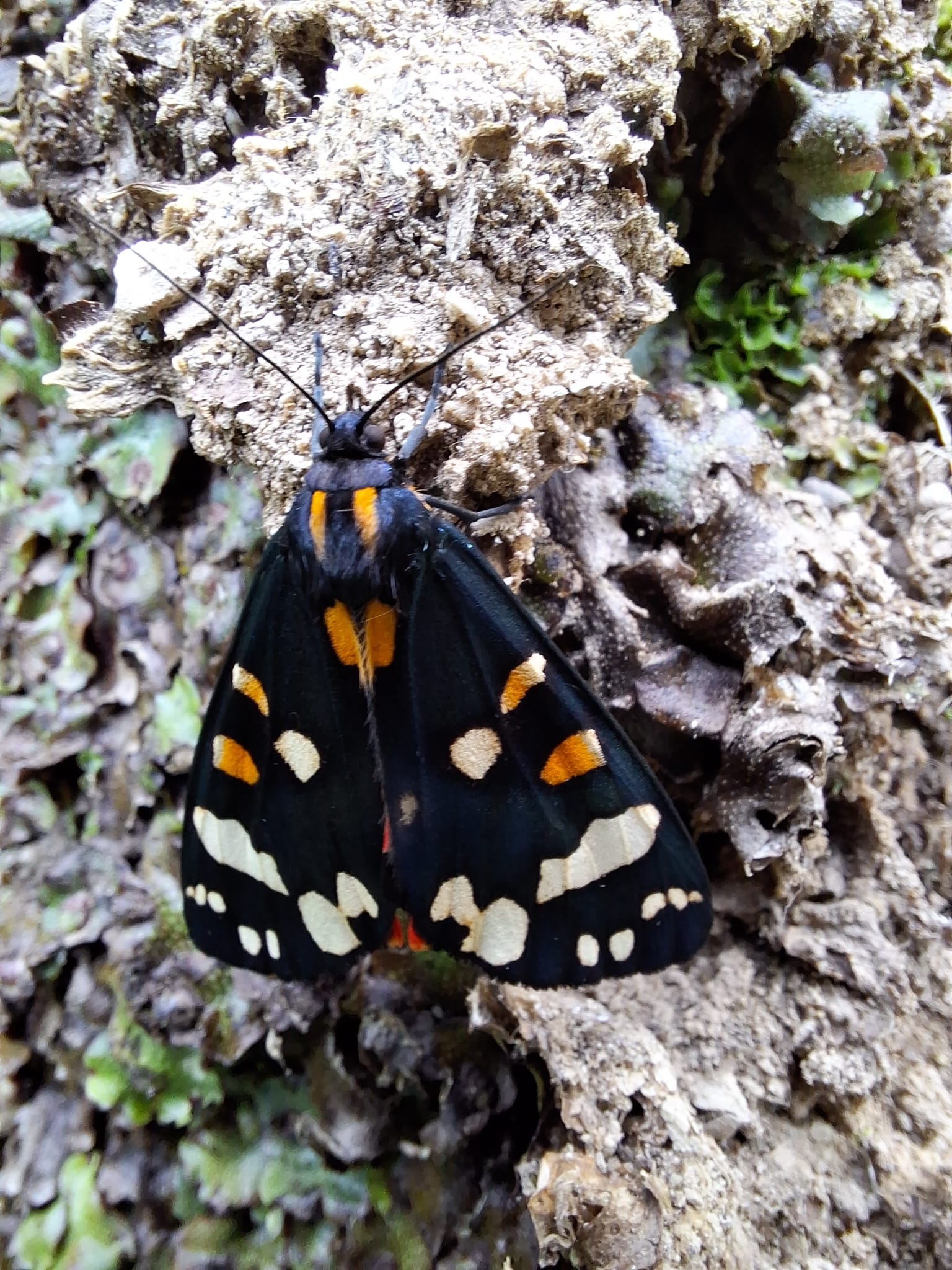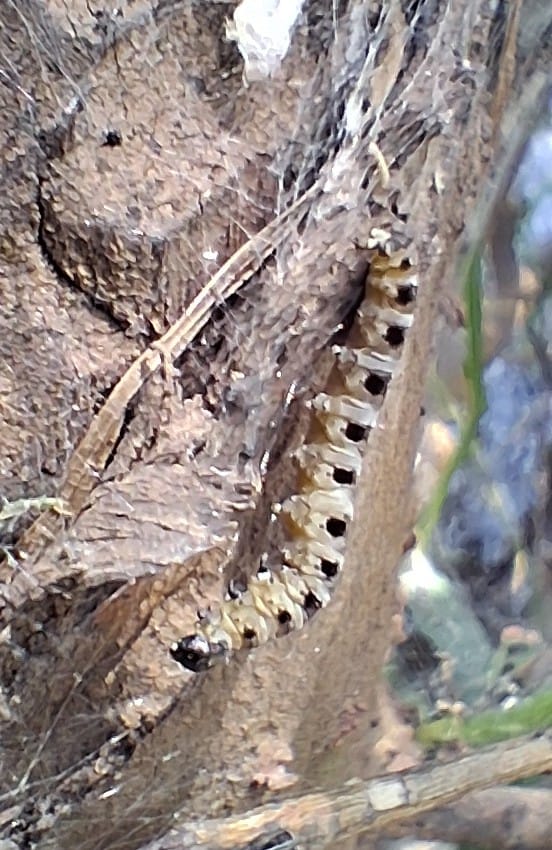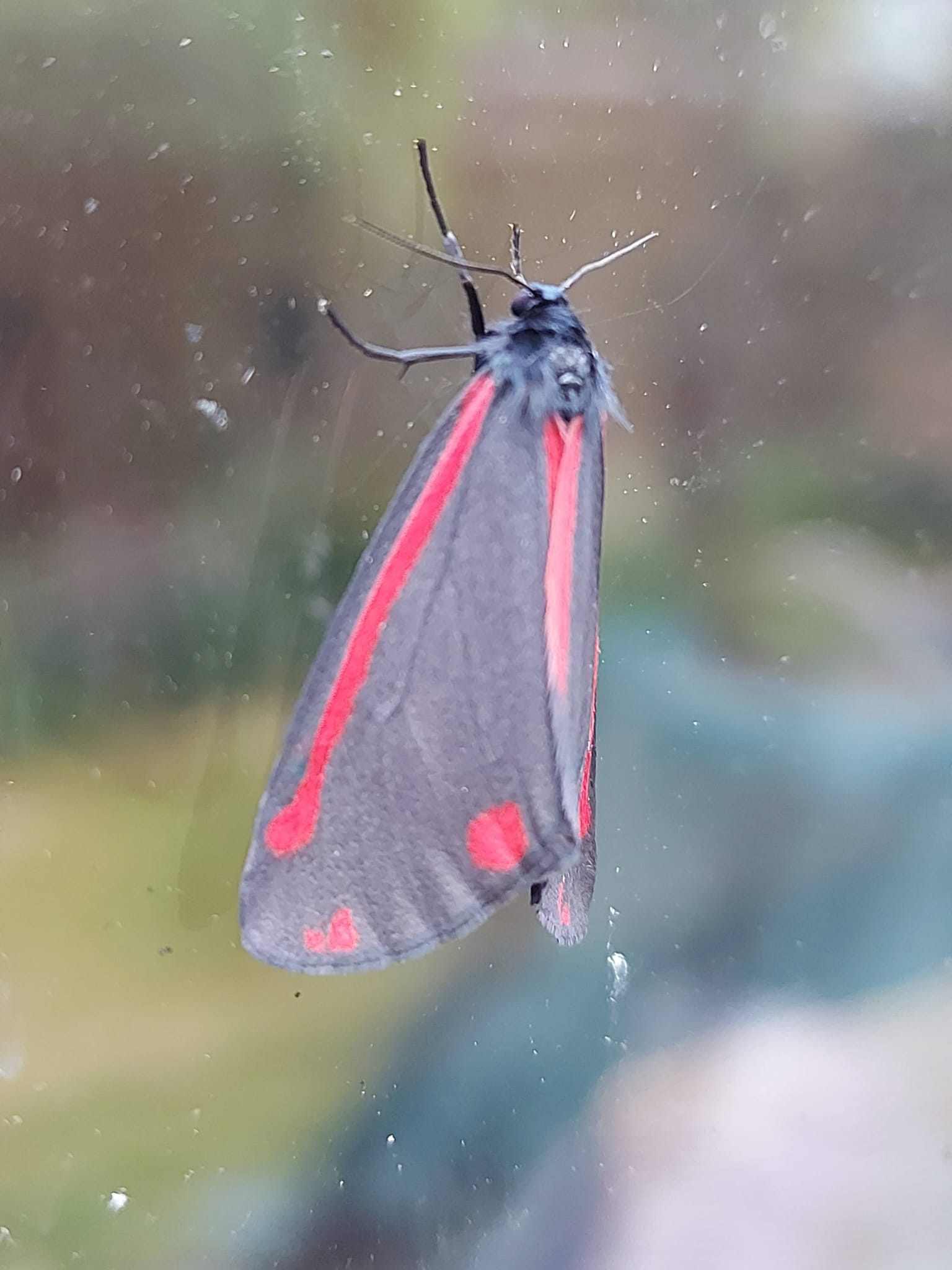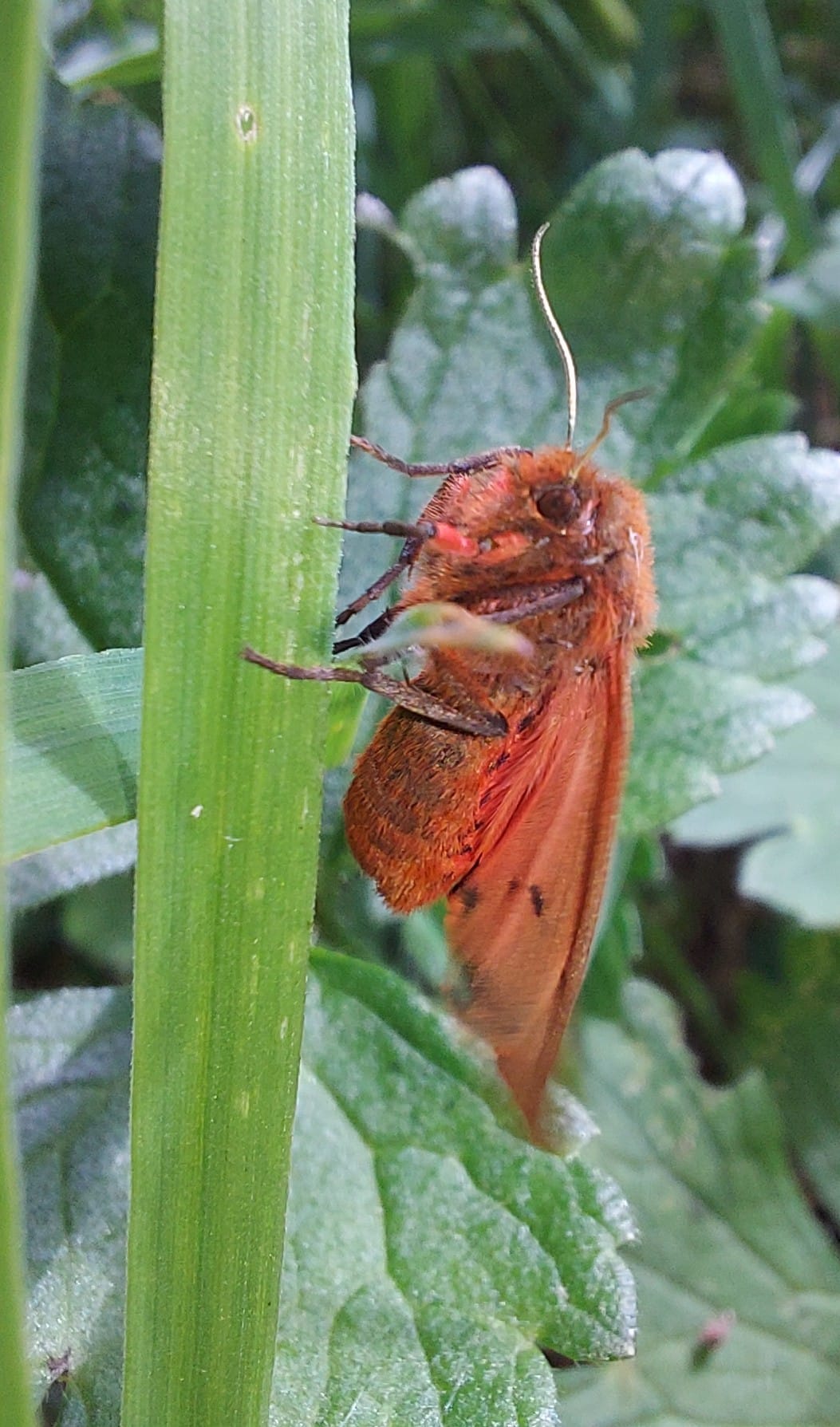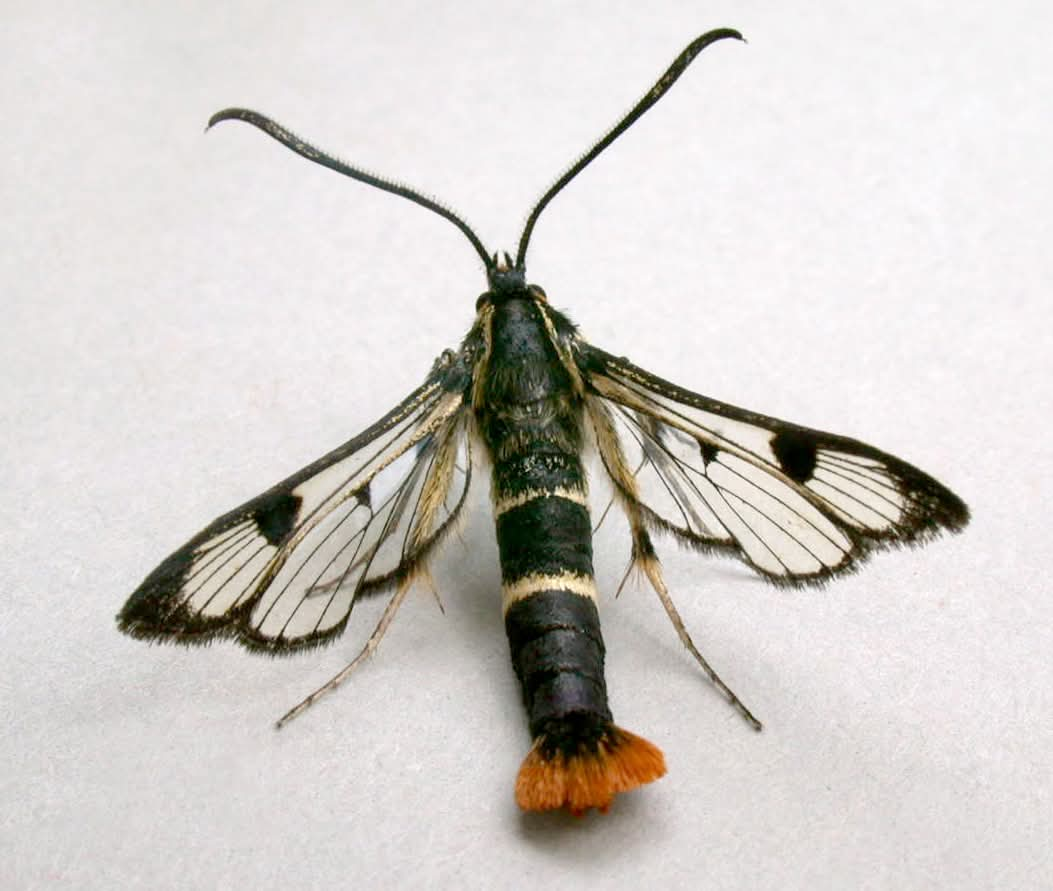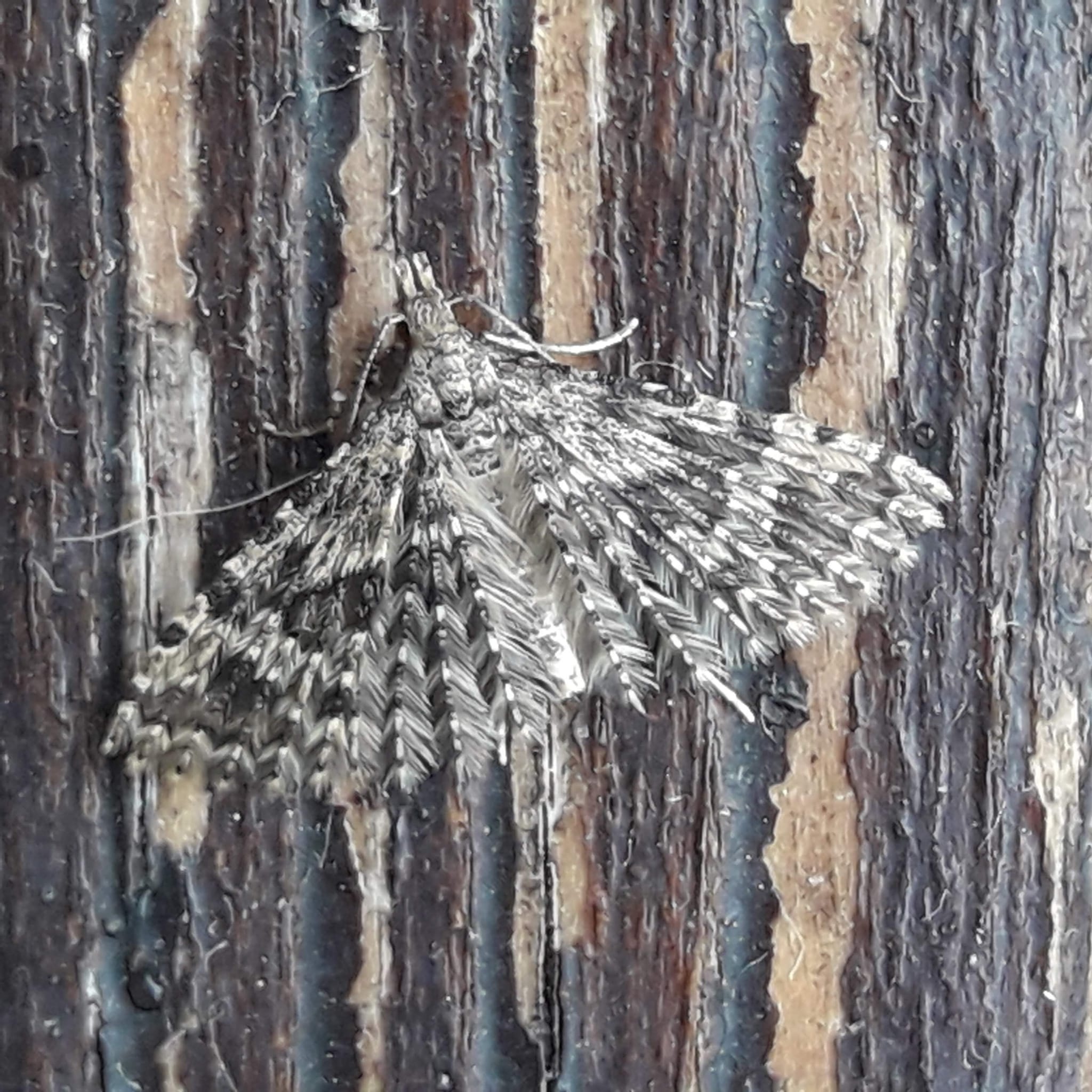From Caterpillars to Cutting-Edge Science: The Story of Baculoviruses in Recombinant Protein Production
Have you ever taken a step back from the bench and asked “hang on a minute – how on Earth did we end up using baculovirus infected insect cells to produce recombinant proteins? And more randomly, not just any insect cells, certain moth caterpillar cells to be specific”. Even if you haven’t, read on to find out how this scientific curiosity came to be.
At Sygnature Discovery, baculovirus-infected insect cells are currently our most-used system by volume for recombinant protein production. Their ability to express complex proteins with eukaryotic processing makes them indispensable for structural biology, drug discovery, and therapeutic development. But how did a virus that infects moths become a biotech staple?
What Are Baculoviruses?
Baculoviruses are a family of double-stranded DNA viruses that infect insects, especially moths and butterflies. They are highly host-specific and harmless to humans and vertebrates. Structurally, they are large, enveloped viruses with circular genomes encoding over 100 genes.
Their lifecycle includes two forms:
- Occlusion-derived virus (ODV): used for transmission between insects in nature.
- Budded virus (BV): used for spreading within the host and for infection in cell culture.
This lifecycle makes them ideal for controlled infection in laboratory settings.
Early Baculovirus Studies: From Nature to the Lab
Baculoviruses have been extensively studied since the 1940’s, primarily for their potential in biological pest control. Researchers were particularly interested in their ability to infect and kill insect pests in agriculture and forestry, such as Spodoptera frugiperda (fall armyworm) and Trichoplusia ni (cabbage looper). These species were major threats to crops, and baculoviruses offered a species-specific, environmentally friendly alternative to chemical pesticides.
As part of this research, scientists began isolating and characterizing different baculovirus strains, studying their replication cycles, and exploring how they interacted with host insect cells. This led to the development of in vitro insect cell culture systems, which allowed researchers to grow insect cells in the lab and infect them with baculoviruses under controlled conditions. Cell lines like Sf21 and Hi5 were established from these pest species, initially to study viral pathogenesis and host-virus interactions.
These cell lines proved to be:
- Amenable to in vitro culture: They could be maintained in suspension or adherent formats, often in serum-free media.
- Highly permissive to baculovirus infection: The viruses replicated efficiently, producing large quantities of viral particles.
- Stable and scalable: The cells could be grown in large volumes, making them suitable for industrial applications.
Although the original goal was pest control, this foundational work in cell culture, virology, and host biology created the perfect conditions for a new application: using baculoviruses as vectors for recombinant protein expression. The transition to BEVS was a natural evolution as scientists realized that the same systems used to study viral infection could be repurposed to produce valuable proteins by inserting foreign genes into the viral genome.
From Pest Control to Protein Factories: The Birth of BEVS
In the 1980s, a transformative shift occurred in baculovirus research. Originally studied for pest control, baculoviruses were repurposed for biotechnology when scientists discovered they could be genetically engineered to express foreign genes in insect cells. This led to the development of the Baculovirus Expression Vector System (BEVS).
The breakthrough came in December 1983, when researchers at Texas A&M University, led by Max Summers, published a seminal paper demonstrating the expression of human interferon-beta (IFN-β) in insect cells using a recombinant baculovirus. They exploited the polyhedrin promoter, one of the virus’s strongest natural promoters, to drive high-level expression of the foreign gene. Just months later, a second group showed expression of E. coli β-galactosidase, confirming the system’s versatility.
These early successes were made possible by foundational work in insect cell culture, the isolation and mapping of the Autographa californica multiple nucleopolyhedrovirus (AcMNPV) genome, and the realization that polyhedrin and p10—two highly expressed viral proteins—were non-essential for viral replication in cell culture. This meant their promoters could be hijacked for recombinant protein production without compromising viral propagation.
Baculovirus Expression Vector Systems Today
The Baculovirus Expression Vector System (BEVS) has matured into a cornerstone of recombinant protein production. Originally developed for research, BEVS quickly proved its value as a reliable method for producing properly folded, post-translationally modified proteins. It has since been used to express thousands of proteins for applications in vaccines, therapeutics, and structural biology.
Its contribution to structural biology is especially notable—over 10,000 structures in the Protein Data Bank (PDB) have been solved using proteins expressed in insect cells, highlighting BEVS’s central role in enabling high-resolution insights into complex biological targets.
Today, BEVS is widely used across both academic research and pharmaceutical manufacturing. Its scalability, speed, and ability to handle complex constructs make it ideal for producing biologics. Several approved human therapeutics and vaccines have been manufactured using baculovirus systems, including:
- Cervarix® – a vaccine against human papillomavirus (HPV)
- Flublok® – a recombinant influenza vaccine
- Nuvaxovid® /Covovax® – COVID-19 vaccines based on recombinant spike protein
- Provenge® – an autologous immunotherapy for prostate cancer
These examples demonstrate BEVS’s versatility—not just as a research tool, but as a robust platform for delivering real-world therapeutic solutions.
The Insect Cell Lines: Sf21, Sf9, and Hi5
We routinely screen across all three insect cell lines, but typically use Sf21 for intracellular protein expression, Sf9 to generate our recombinant P0 viruses and Hi5 for secreted protein expression.
Sf21 and Sf9 (Spodoptera frugiperda)
- Sf21: Derived from ovarian tissue; robust and scalable.
- Sf9: A clonal derivative offering consistent growth and expression.
- Both grow well in suspension and serum-free media.
- Glycosylation is simpler than in mammalian cells but sufficient for many applications.
Hi5 (Trichoplusia ni)
- Derived from T. ni embryos.
- Known for higher protein yields, especially for secreted and glycosylated proteins.
- More sensitive to culture conditions but valuable for specific targets.
Our Baculovirus Experience
At Sygnature Discovery, we use the FlashBAC system, based on the Autographa californica multiple nucleopolyhedrovirus (AcMNPV). FlashBAC simplifies the process by allowing direct recombination in insect cells, avoiding the bacterial steps required in older systems like Bac-to-Bac. This streamlines production and reduces mutation risk, enabling rapid and reliable generation of recombinant virus.
Baculovirus-based expression is currently our most-used expression system by volume, underpinning a wide range of successful protein production campaigns. We routinely use Sf21 for protein expression and Sf9 to generate recombinant P0 virus, while also screening across Sf9, Sf21, and Hi5 cells as/when required.
This system has enabled us to express challenging targets such as metabolic GPCRs, perform in vivo biotinylation, and even deliver genes into mammalian cells using the BacMam system – a clever twist on traditional baculovirus applications. Notably, insect cell expression was central to our determination of the active-state cryo-EM structure of the 5HT2A receptor bound to serotonin, a standout achievement in our structural biology portfolio.
Images of moths and caterpillars kindly provided by Nick Mott – Staffordshire Wildlife Trust

